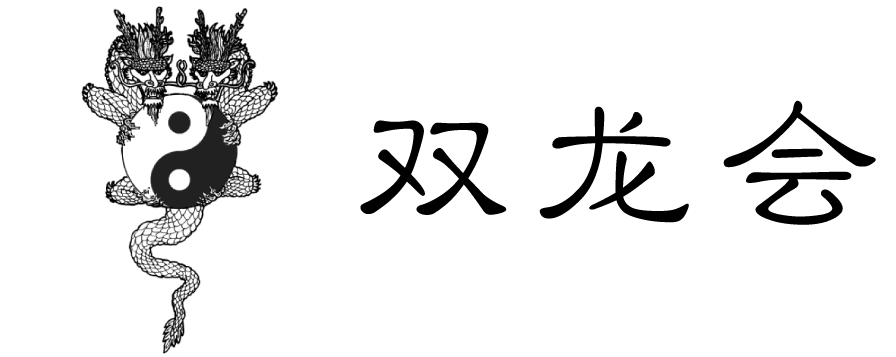One of the most enjoyable aspects of the recent series of seminars I gave in Britain was the refreshingly candid series of questions I was asked by British Tai Chi practitioners. Not surprisingly, some of the most interesting questions were put to me by beginners.
Questions such as ” What do you feel is the essential point of Tai Chi practice? “, ” Why is the Yin – Yang symbol so closely associated with Tai Chi, and what does it mean? ” ” What is the meaning of the phrase, Reeling Silk?” and, ” How does Tai Chi and Chi Kung practice differ from normal athletic training? “
These basic questions provide those of us who are long-term practitioners with a window back to the ” Beginners’ Mind ” mentality we had upon our initiation into the Internal Arts, and as such, gives us the opportunity to review the fundamental premises on which our continued commitment to practice is based.
On Reeling Silk
One of the more interesting questions I am frequently asked concerns the true meaning of the well-known Chinese phrase Chan Su Jin, or as it’s commonly translated Reeling Silk. Everyone seems to understand that reeling silk involves some sort of twisting and turning of the torso and extremities; they know a few drills to practice, and they try to impart the flavor of those drills to their forms practice. So the question is not usually one concerning what to do, but rather, “What’s the Point?”
I usually respond by asking them to first turn their attention to an even more basic series of questions, namely, “What is silk”? ”What is this substance you are attempting to reel”? ”How will you know if you’ve been successful in reeling it or not”? The surprised look on their faces tells me they have not yet thought about the subject in this way, and yet this would be a very basic approach for the average Chinese practitioner.
This is because even today many Chinese people are still in some way involved in farming. Western practitioners who live in cities tend to forget that Chinese fighting arts were developed and nurtured for centuries in a social matrix whose very foundations were grounded on that most elemental of human activities, agriculture.
This fact is of more than passing importance, for it is the key to giving us some insight into the mindset of the creators of many of the kung fu systems still being practiced today, including the internal styles.
It was very common in times past for a system to have as its main symbol an animal that it was common for the local people to see in the course of their daily lives; a praying mantis, a crane, or a snake, for example.
To pick just one illustration, some essential bio-dynamics of white crane boxing are very concretely based on the way a real crane’s breastbone and wings are connected, and the “fa-jing” of this style is based on the synchronous interaction between these structures and the bird’s head, neck, and legs when it flaps its wings. Obviously, it is easier for someone who lives in an environment where these birds can be observed quite often and for some period of time to grasp this essential fact.
But this would just be the beginning; the next step would be for the student to look for the structural similarities between the bird and himself, and to see if in some way the bird’s dynamic use of these structures could be approximated by a human being.
And it is exactly this tendency of the founders of various kung fu systems to draw analogies between the structures of animals and humans that gives us the key to answering our original question, “What is silk”?
This is because another common experience of anyone living in these rural farming communities would be to see animals butchered for their meat.
Although I was born and raised in that most urban of human environments, New York City, our family regularly took summer vacations in the nearby farm country; it was on one of these holidays, when I was about eleven years old, that I witnessed the butchering of a young calf by a local farmer for household meat.
It was one of those events that seemed possessed of a kind of super-real quality, both horrible and fascinating at the same time, somewhat like watching an accident happen, where you almost can’t bear to look, and yet can’t seem to turn away.
Still, I remain very grateful for this experience, because it brought home to me with crystal clarity the fact that in order for an animal to be eaten, someone has to kill it; modern city dwellers tend to be over-insulated from this essential fact of life.
When an animal such as a calf is killed and then hung by it’s hind legs to be butchered, the first task is to skin it. To this end, a long cut is made in the skin of it’s abdomen and along the inside of the legs, and the skin is then peeled back with the aid of a sharp knife.
It is at this point in the process that an observer would see the first layer of what the Chinese call “silk”, namely a wall of fascia covering the abdomen. This incredibly strong material even looks like raw Shantung silk, very shiny and fibrous, even somewhat nubbly in places.
Michael Phillips 1996
